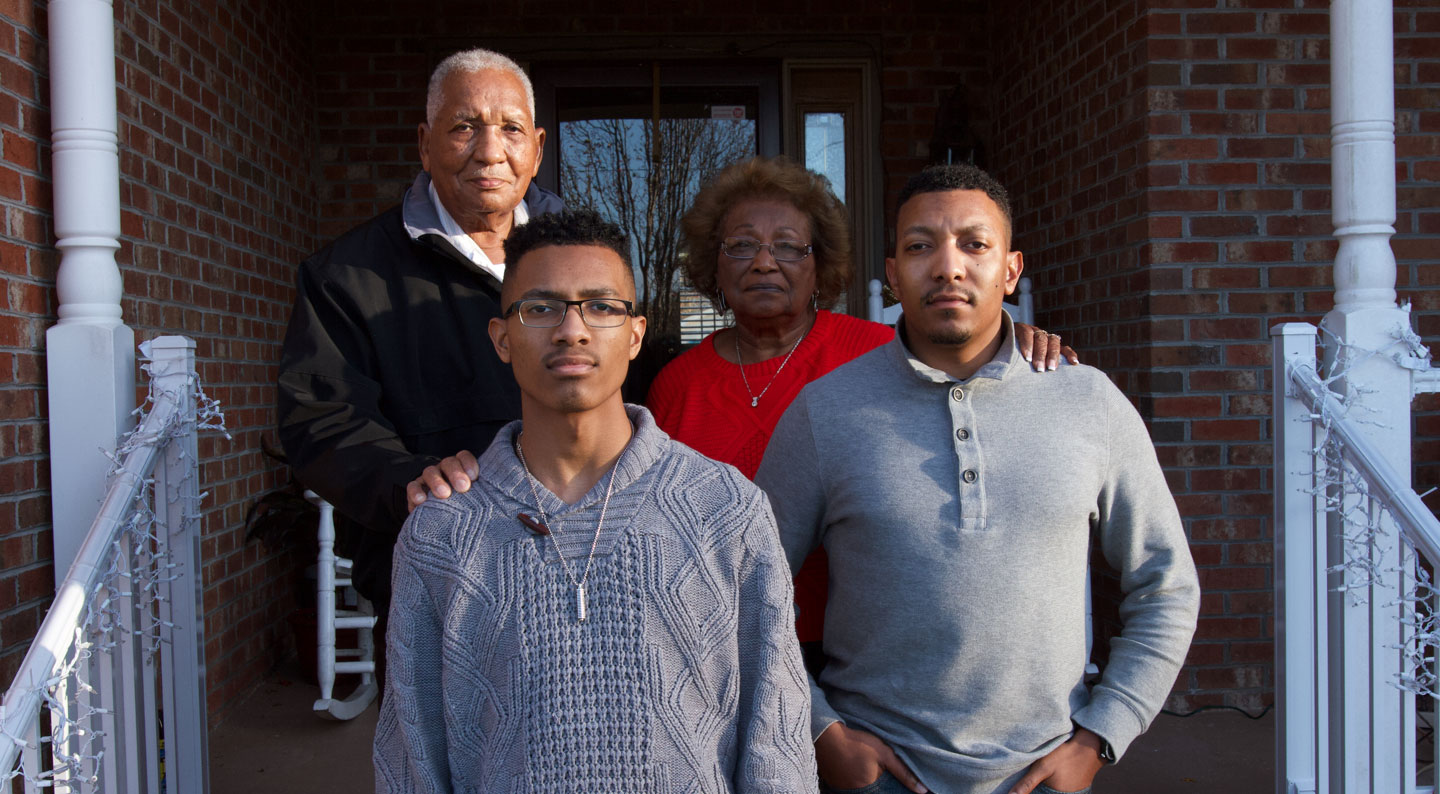The survey was developed in three stages, with a focus on the definition of immediate and extended family. In the first stage, the research team developed and circulated draft questions. In the second stage, the research team and FWD.us staff met in Ithaca, New York for a daylong conference to discuss the specifics of the survey. In the third and final stage, the feedback from this conference was funneled into a polished version of questions on family member incarceration that were improved in collaboration with the National Opinion Research Center, who administered the survey.
Through this development process, the decision was made to include both a narrow family question and a more expansive question that would account for and include non-traditional family structures. Immediate family was thus defined as parents, children, siblings, current romantic partners, and anyone else with whom a respondent had a child. For parents, children, and siblings, step, foster, and adoptive relatives were also included. This definition is close to a “traditional” or “nuclear” family definition but includes people (like co-parents) who would consistently have a major impact on an individual’s life if they were to be incarcerated.
In order not to bias the results by constraining the survey definition of family to a family structure that may be more common in certain less-impacted communities, however, a second family definition was included in the survey. This definition asked respondents if they had ever had any other family member they felt close to who experienced incarceration and then asked them to specify the relationship of the family member who had. By specifying “closeness” but allowing the respondent to define the parameters, the intent was to capture family members such as grandparents or cousins who might play a large role in the respondent’s life without forcing a narrow definition of “family.”
In addition to the core questions on family member incarceration, the research team included questions about the lives of individuals who had experienced family member incarceration. A host of questions on civic participation, health, own criminal justice contact, and opinions about the criminal justice system were also included in the survey. Because the survey is cross-sectional, none of these questions can be used to make causal claims about the effect of family member incarceration on individuals. But these questions nonetheless provide unique insight into the lives of those who experience family member incarceration and how their lives compare to similar individuals who did not experience it. Analysis on these additional data points will be released over the next year












